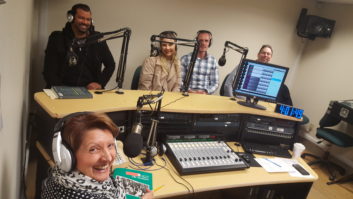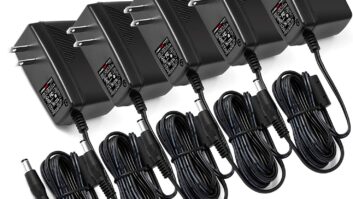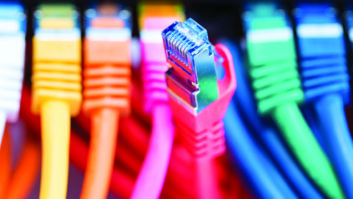Radio’s real fix
Jun 1, 2007 12:00 PM, Chriss Scherer
[email protected]
In the December Viewpoint I referenced the way that radio as an industry can ensure that digital radio is accepted and used by listeners. I basically said that every radio receiver needs to be a digital radio receiver; The consumer shouldn’t have to choose between analog or digital radios. If they’re all digital, the debate ends.
We’re obviously not at that stage yet. What surprised me is that I received many comments countering that radio’s future success is not reliant on digital radio, but rather on improving the programming choices being offered. One typical letter is in the Reader Feedback section of this issue on page 60.

A common theme focused on the current homogenous radio formats as the cause of radio listener erosion. Many of the comments long for the heyday of radio with big-name jocks and varied playlists, and note that installing digital transmission equipment will not help bring listeners back to terrestrial radio.
Let me start by clarifying one point. I never said that digital radio � whether it’s HD Radio, FM Extra, DRM or any other system � on its own will fix radio. I offered the �do nothing� litmus test as a measure of the success of a digital radio roll-out. The purpose of digital radio has never been to apply a simple fix to radio broadcasting.
It’s puzzling that the comments pit digital radio vs. content as an either-or choice. They are separate issues, and there’s no reason to choose one or the other. We should pursue both. By developing and implementing a digital terrestrial transmission system, stations can offer enhanced services to listeners. These enhancements will allow terrestrial radio to keep up with other digital media technologies already in place.
But it doesn’t stop there. Listeners will seek interesting content. What helps this effort is that digital radio on FM provides more opportunities to offer better programming.
Unfortunately, what I have heard on many multicast channels is not always compelling radio. I appreciate the effort of the HD Digital Radio Alliance to coordinate formats on multicast channels to eliminate the possibility of five stations in a market launching the same format. Despite this, some of the multicast formats on the air are little more than place holders. Even worse, some of the multicast channels are not on the air reliably or are not being monitored for quality. The jukebox is turned on and left to operate on its own. The number of multicast listeners is a small percentage of a total listener base, but the early adopters can help publicize the new listening choices.
Digital radio isn’t a singular option for radio’s future. It’s a tool to help radio maintain or recapture its importance in our listeners’ lifestyles. Let’s focus on the technology and the programming aspects of terrestrial radio, and use all the tools available to ensure the future success of radio.
A special thanks
This is the last issue that will include the work of Kari Taylor, the senior associate editor of Radio magazine. Kari joined the magazine staff in 2002 and has been an important part of the editorial team. You have read her contributions in Sign Off and New Products every month, the Salary Survey every year, and some other features including the in-flight trans-Atlantic broadcast in the June 2006 issue.
Kari has taken a job with another publishing company and a publication that is not involved with broadcasting. I want to thank her for all that she has done for Radio magazine, and we all wish her well going forward.












